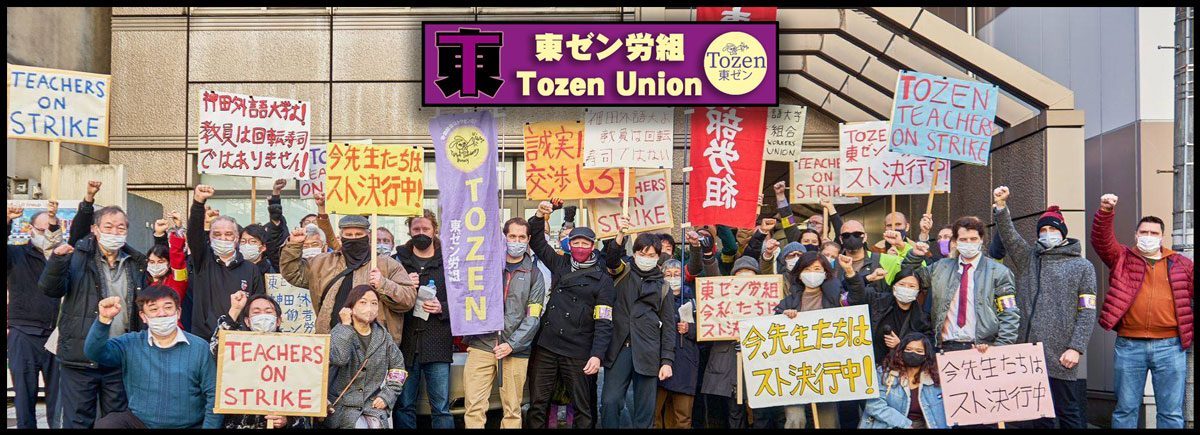Scandal-ridden temp staff agency Goodwill Inc. closed its doors for good Thursday, leaving at least 900 registered workers unable to find new jobs and a union grumbling about unpaid wages and other problems.
According to Goodwill officials, about 1,600 temp workers out of the approximately 6,000 registered with the agency in late June have been directly employed by the companies where they had been dispatched.
The demonstrators chanted slogans such as “take responsibility for disposable employment practices.” Others complained of unpaid overtime allowance.
“They created so many problems, and as a result have dissolved the company. It is despicable that they are not even taking proper measures to clean up afterward,” said a 48-year-old Tokyo man who had been working as a day-contract temp worker for five years.
Although he has been hired by the company to which he was dispatched, he said he has yet to collect about 500,000 yen in pay for overtime work over a two-year period.
Goodwill, once an iconic figure in the world of day-contract temporary work, has been accused of violating the employment security law and temp worker dispatch law. Goodwill engaged in a practice known as “double dispatching,” in which workers are sent to one company but forwarded to other companies. The practice is prohibited because it makes unclear who is responsible for the workers’ safety.
Goodwill also failed to properly write the names of workers on contact papers.
http://www.asahi.com/english/Herald-asahi/TKY200808020061.html
